If you’re a pre-med on the hunt for some high-quality clinical experiences, medical scribing could be an excellent fit. This paid position can help you to develop a strong network of provider relationships, gain an excellent foundation in medical terminology, observe clinical decision-making first-hand, and learn about the daily work and challenges of life as a physician.
The work. Medical scribes serve as assistants to a physician (or multiple physicians) taking notes and charting patient encounters, inputting documentation into the Electronic Health Record (EHR), responding to patient questions and messages as directed by the physician, locating health records, and even researching information as requested by the physician. Scribes play a key role on a medical team as they free up the physician to focus on patient interactions while the scribe takes responsibility for administrative tasks. Scribes work closely under the supervision of a physician and do not have independent decision-making responsibilities. They work across a variety of specialties, including but not limited to: Emergency Medicine, Oncology, Dermatology, Gastroenterology, Family Practice, Pediatrics, Internal Medicine, and Pain Management.
The training. After obtaining the position, medical scribes receive between a few weeks to a month of training in preparation for the position. This training is typically paired with a period of shadowing a fellow medical scribe. Even with this onboarding, most scribes feel overwhelmed early on in the role due to the steep learning curve. Scribes need to learn the styles and preferences of the physicians that they work alongside, including their preferred charting methods, as well as the EHR system and the new terminology.
The benefits.
Medical school admissions committees view scribing favorably. A scribe’s work demonstrates their commitment to a career in medicine by showing that they have an intimate understanding of the work of a medical provider. They will gain foundational medical knowledge and experience that will be useful throughout medical school and may ease the transition between their undergraduate and medical studies, and inform their future career path.
Scribes can gain experience within a specialty, including a more thorough understanding of the challenges that physicians in those roles face.
Scribes will have the opportunity to develop a wide network of provider relationships, some of whom may be willing, and able to write detailed recommendations based on their work alongside of them.
Scribes will demonstrate their ability to thrive on a team. Scribes must learn to work well with a variety of physicians who will each have a different style. They will also learn to deal with stress and be proactive in asking questions and picking up information quickly, which will benefit them as a medical student, resident, fellow, and attending physician.

